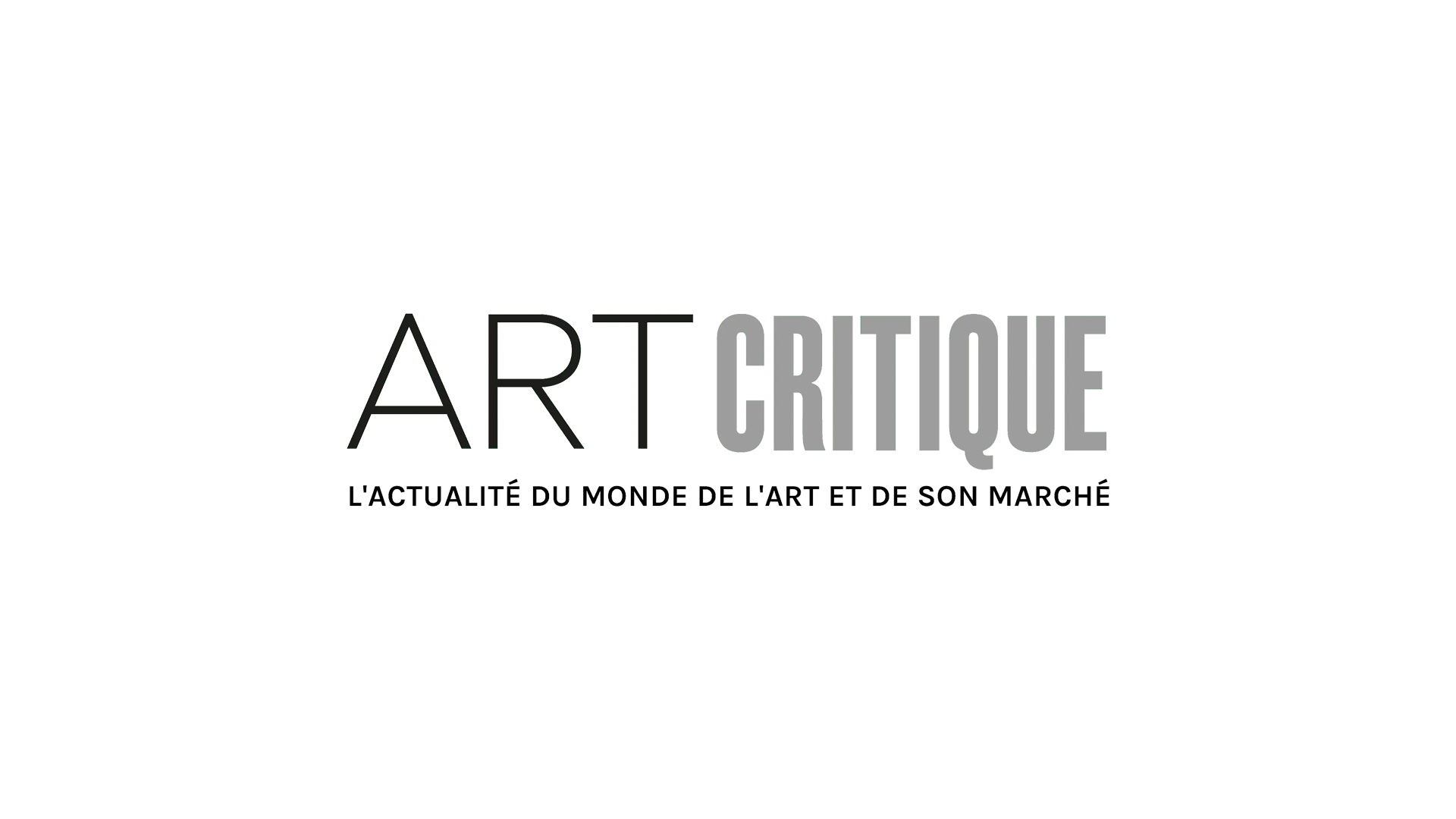At the time of her death in 2004 at age 53, American artist Gretchen Bender left So Much Deathless, her magnus opus, unrealized. Now, 15 years on, Red Bull Arts New York will present a retrospective of the artist’s work honouring the title. ‘Gretchen Bender: So Much Deathless’ will be on show at the cavernous and unconventional gallery space between March 6th and July 28th and will include a number of works by Bender.

Bender worked across a number of disciplines, from video to sculpture, and she seemed to have an idea of where society was headed. After moving to New York in 1978, she became a part of the Post-Pictures Generation, which stemmed from Nature Morte, an artist-run gallery. Through her work, she examined mass media and its acceleration – her work nearly charting the course it would take. Drawing on time spent operating a DC feminist-Marxist screen-printing collective, Bender’s early works often brought images from a slew of sources, including other artists, news sources, advertising, to create abstracted 2-dimensional works. Bender continued working in the vein of media and later developed moving-image works. Rudimentary in their beginnings, these works would become part of Bender’s ‘electronic theatre’ projects. What started as single-channel videos grew to large-scale installations like Dumping Core (1984), which included 13 monitors and four channels, and Total Recall (1987) requiring 24 monitors, three projectors, and eight channels. The immersive experiences bombard the senses, enveloping viewers in their barrage of images – not unlike the way people today are assaulted with Tweeting, screens, Instagram-ing, data-tracking, and 24-hour news coverage. Her work was less encouraging and more of a warning for what she anticipated would come alongside more and more media. Today, she doesn’t seem to be too far off the mark.
‘So Much Deathless’ will highlight the impact of the artist’s life and career cut too short by cancer. Created in collaboration with the Gretchen Bender Estate, the show will include works like Total Recall and others she made in collaboration with artists like Bill T. Jones/Arnie Zane Company.

‘Gretchen was a brave and uncompromising artist whose prophetic body of work feels like an urgent message from the past, yet somehow impossibly contemporary,’ said Max Work, chief curator of Red Bull Arts New York.
‘Gretchen Bender was the most radical, and perhaps the least known, of the Pictures Generation artists,’ says Cay Sophie Rabinowitz, Manager of the Estate of Gretchen Bender. ‘Her engagements with moving images, the technologies of television, digital graphics, and other popular formats remain urgent and fresh, yet contemporary viewers have only had rare opportunities to see her works installed.’ Rabinowitz continued in response to the show: ‘This retrospective, the first in nearly thirty years, presents Bender’s oeuvre as a whole. In particular the study and inclusion of archival material, and the careful restoration of certain media components have been vital to making this exhibition of Gretchen Bender’s work an exemplary accomplishment.’
The retrospective stands to change the tide for Bender’s legacy as her life and legacy seem clairvoyant today.





